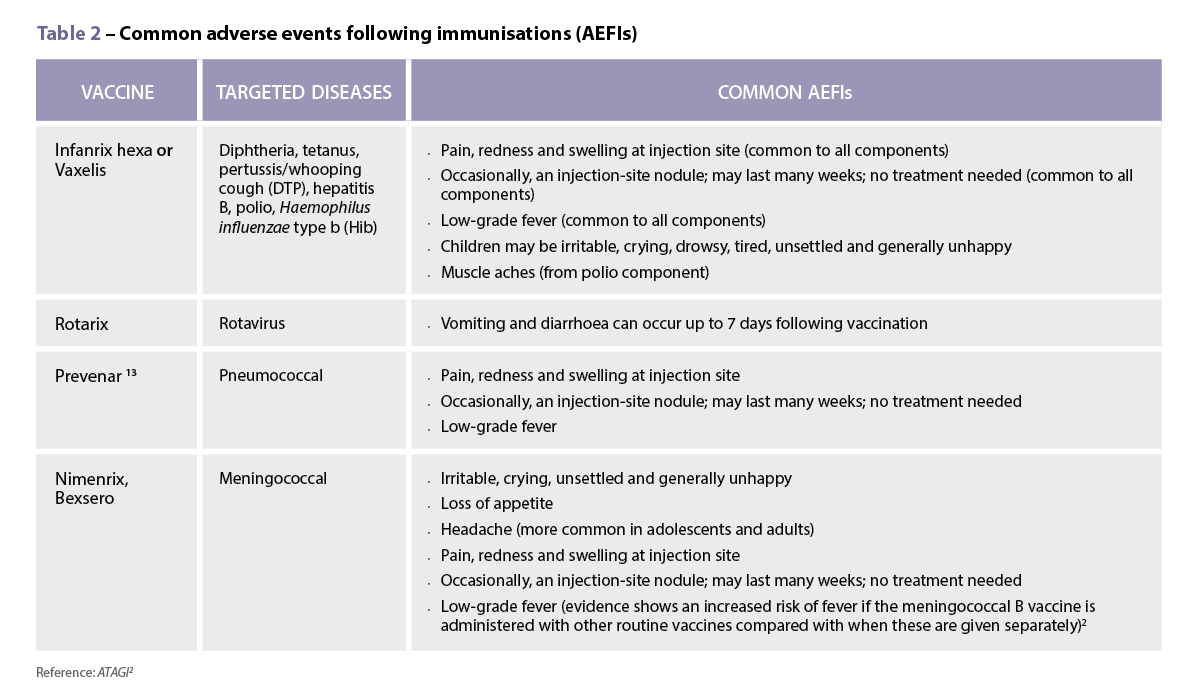Pharmacists see transgender patients more frequently than any other healthcare professional throughout their transition journey. These interactions can shape patients’ perception of the healthcare system.
Transgender and gender-diverse people are a vulnerable cohort of patients.
‘They have increased difficulty accessing financial services, housing services and health care services,’ said community pharmacist Michael Minter, who is presenting a session on supporting transgender and gender diverse patients at PSA22.
‘They also have increased social difficulty, such as domestic violence and trauma, which in turn increases their risk of depression, anxiety and suicidality.’
In fact, transgender people aged 14–25 are 15 times more likely to attempt suicide, and almost half have attempted suicide previously.
Discrimination and lack of clinician knowledge and experience place transgender and gender-diverse patients in unsafe clinical situations.
As the most accessible healthcare professionals, here’s how pharmacists can improve transgender and gender-diverse patients’ healthcare experiences.
1. Use the right terminology and language
Many transgender patients need to access medicines as part of their gender-affirming treatment, said Dr Clara Tuck Meng Soo, who is co-presenting the PSA22 session.
‘You’re going to get lots of people coming into pharmacies with scripts, especially in the early stages of their transition,’ she said. ‘And they may not necessarily be presenting in the gender role to which they are aspiring to.’
When a transgender or gender-diverse patient presents with a prescription, Ms Soo said pharmacists should sensitvely ask what name and pronouns they would prefer to use.
‘Don’t blurt out, “which one is your real name?”’ she said. ‘[You could say], “I can see this is what the doctor has written on the script. What name would you like us to use?”’
While patients’ official names will still need to be recorded on prescriptions to claim through Medicare, prescribing software offers the option to nominate a preferred name, included in parentheses.
‘When the patient comes in next time, and the pharmacist can see in the system that this is their preferred name and pronoun, that would be really affirming for the patient,’ Dr Soo said.
Mr Minter has even worked with patients to trial names they want to go by.
‘We put it on the box for them, then they’ll come back and say, “I didn’t like that, I’ve actually decided I want to try something else”,’ he said.
2. Support patients through mental health struggles
Like with all their patients, pharmacists have a role to play in monitoring transgender and gender-diverse patients’ mental health journeys, Mr Minter said.
When patients are going through periods of distress, Mr Minter will touch base with their regular GP.
‘For example, I’ve called a few GPs and said, “This patient is financially struggling because they’re saving for surgery and I’ve noticed they are not coming in to get their antidepressants”,’ he said.
3. Remember to be discreet
Just because pharmacists know their patient is transgender, it doesn’t mean everyone is privy to that information.
‘I have notes on every trans and gender-diverse person in our file, so if we need to call them we know what name to use,’ Mr Minter said.
‘Maybe everyone in the house doesn’t know they’re transitioning, and they don’t go by the name we call them in the pharmacy.
‘If we mess that up, it can potentially increase that person’s likelihood of abuse when they get home.’
Pharmacy is all about relationships, said Mr Minter, and without taking the time to get to know your patients, you can’t give them the best quality care.
‘It’s about individualised care. For example, one of my trans patients doesn’t want to talk about anything,’ he said.
‘So when he has a UTI and I dispense antibiotics, I highlight information in the paper that’s relevant to the fact he still has female anatomy, such as [the risk of] vaginal thrush.’
That way, the patient still receives important information about the medicine that fits in with the way they prefer to receive care.
4. Find ways to work around pharmacokinetic differences
Pharmacists understand the pharmacokinetic differences between cis males and cis females, which is an important consideration when supplying medicine.
‘But the general public don’t understand they exist,’ Mr Minter added.
That means patients won’t always tell prescribers they are transgender if they are just going in for antibiotics – particularly if they visit a new GP or practice.
‘In the instance of a UTI, because of the anatomy differences, cis females would be on antibiotics for 3 days, but a cis male would be on a 7–10 day course,’ he said.
When a female transgender patient presents with a prescription for a 3-day course of antibiotics, Mr Minter checks their file.
‘If I know they haven’t had bottom surgery yet because they’re still getting injectable erectile dysfunction medication, I’ll have a chat with the patient.’
This conversation must take place in the private consultation room, Mr Minter emphasised.
‘Make sure you never do this in public,’ he said. ‘Because you don’t know who’s listening.’
Mr Minter will ask the patient if the doctor knows they are transgender, because the dose does not look right. If not, he will seek their permission to contact the prescriber to ensure the patient receives the most effective treatment.
‘Patients have told me that in their experience, they never get an explanation, so make sure you explain the reason why you need to “out” them,’ he said.
5. Understand there are different ways to affirm gender
There are three aspects to gender affirmation, said Dr Soo.
‘There’s medical affirmation, which is getting medication and/or surgery,’ she said. ‘Then there’s the social aspect, where people adopt the role they feel comfortable in.’
That might mean dressing or grooming in a different way, or changing names or pronouns.
‘As part of that, there’s also legal affirmation, where [patients] change names and markers legally,’ Dr Soo said.
There is no way to tell someone’s gender without them telling you, Mr Minter said.
‘The fundamental thing for pharmacists to understand is that you don’t need to be on hormones or socially transition to affirm your gender,’ he said. ‘ If someone tells you their gender is something different, that’s what you call them.’
For more information, don’t miss the ‘How to better support your transgender and gender diverse patients’ session at PSA22 on Sunday 31 July. Register now to attend.



 This CPD activity is supported by an unrestricted education grant by Reckitt.[/caption]
This CPD activity is supported by an unrestricted education grant by Reckitt.[/caption]





 Jess Hadley, community pharmacist and Professional Officer at PDL[/caption]
Jess Hadley, community pharmacist and Professional Officer at PDL[/caption]
 Peter Guthrey, Senior Pharmacist – Strategic Policy at PSA[/caption]
Peter Guthrey, Senior Pharmacist – Strategic Policy at PSA[/caption]


 Professor Margie Danchin[/caption]
Professor Margie Danchin[/caption]

 Dr Peter Tenni[/caption]
Dr Peter Tenni[/caption]
 How should we deprescribe gabapentinoids, according to the Maudsley Deprescribing Guidelines[/caption]
How should we deprescribe gabapentinoids, according to the Maudsley Deprescribing Guidelines[/caption]






